Stockholm, the beautiful capital of Scandinavia, is a destination that everyone will love for both its modern and historical aspects. While wandering the streets of Stockholm, I admired the beauty of the historical buildings and the modern designs of the city. Now it’s time to tell you about Stockholm. Here is the ultimate Stockholm travel guide.
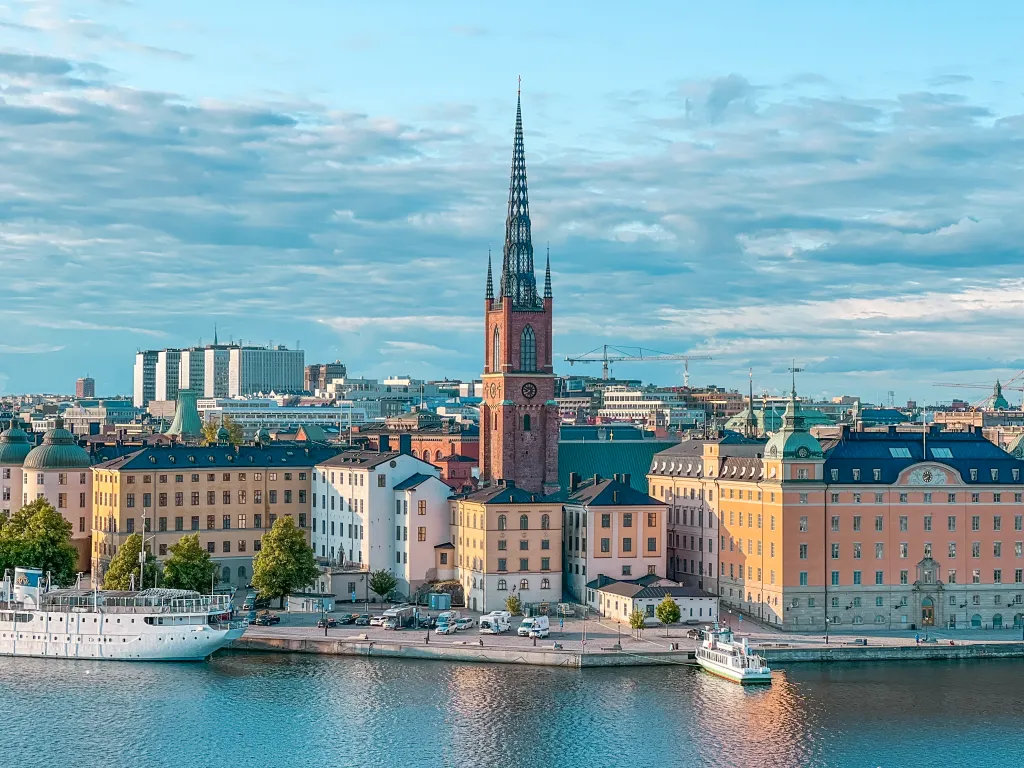
Things to Know Before Traveling to Stockholm
- What is the currency in Stockholm? The currency in Stockholm is SEK, the Swedish Krona. Credit cards are accepted everywhere and there are even places that don’t accept cash, so make sure you have a card with you.
- What is the language spoken in Stockholm? The official language in Stockholm is Swedish. English and Finnish are also widely spoken.
- Do I need a visa to travel to Stockholm? Yes, you need a Schengen visa to travel to Sweden.
- Is Stockholm safe? Stockholm is a very safe city, crime rates are quite low.
- In Sweden, regular grocery stores usually sell non-alcoholic beers or drinks with a maximum of 3.5% alcohol. Higher alcoholic drinks can only be bought in the state monopolized Systembolaget stores.

Stockholm Transportation Guide
First of all, let me explain how to get from Stockholm airport to the city center. The distance between Stockholm Airport and the city center is 40 km and there are several transportation options:
Arlanda Express: High speed train from Arlanda Airport to Stockholm Central Station. Travel time is 18 minutes, ticket price is 340 SEK one way and 640 SEK round trip.
Flygbussarna Airport Buses: Buses from Arlanda Airport to the city center take 35-45 minutes. Tickets cost SEK 129 one way and SEK 209 round trip.
Taxi: Approximately 40 minutes from the airport to the city center, around 60€.
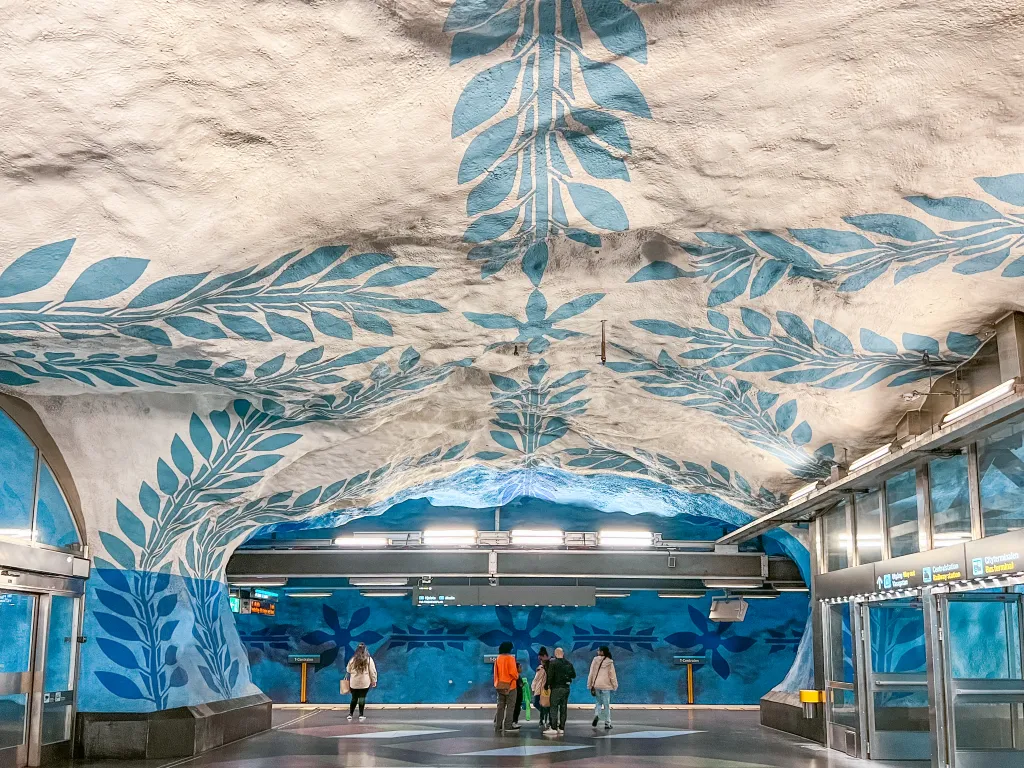
The public transportation network consists of buses, metro, trams, suburban trains and ferries. A one-way ticket is 42 SEK and valid for 75 minutes. A 24 hour ticket costs 165 SEK but there is also a 20 SEK card fee, a 72 hour ticket is priced at 330 SEK and a 7 day ticket is priced at 430 SEK. You can walk to most places in Stockholm, and if you have time, you may not even need to use public transportation, but since Stockholm metro stations are like art galleries, I recommend you to use the metro just to visit them.

Stockholm Accommodation Guide
First, I will give some tips for choosing an accommodation location, and then I will share my hotel recommendations. If you want to be close to the historical texture of Stockholm and walk to some of the tourist attractions, you can consider Gamla Stan. Södermalm is the most trendy and bohemian area of the city. Full of art galleries, boutiques and trendy cafes, this area is ideal for those who want to explore the livelier side of the city. Norrmalm is a lively area with shopping streets, restaurants and bars. There are affordable accommodation options. As it is close to Central Station, it is also convenient in terms of transportation. Östermalm is a more luxurious and stylish part of the city. There are expensive shops and fine dining restaurants. Djurgården is a green and peaceful area of the city. If you want to stay in a quiet area, you can choose this place.
I stayed at Generator Hostel, one of the well-known hostel chains, in Norrmalm. There are both dorm rooms and private rooms. I was satisfied with my stay in all aspects.
Budget Friendly Hotels: Generator Stockholm, City Backpackers Hostel
Middle Class Hotels: Scandic GO, Scandic Malmen, Story Hotel Riddargatan
Luxury Hotels: Grand Hôtel Stockholm, Hotel Diplomat Stockholm
Family Friendly Hotels: Radisson Blu Waterfront Hotel
I have a much more detailed article about accommodation in Stockholm, I recommend you to read it.
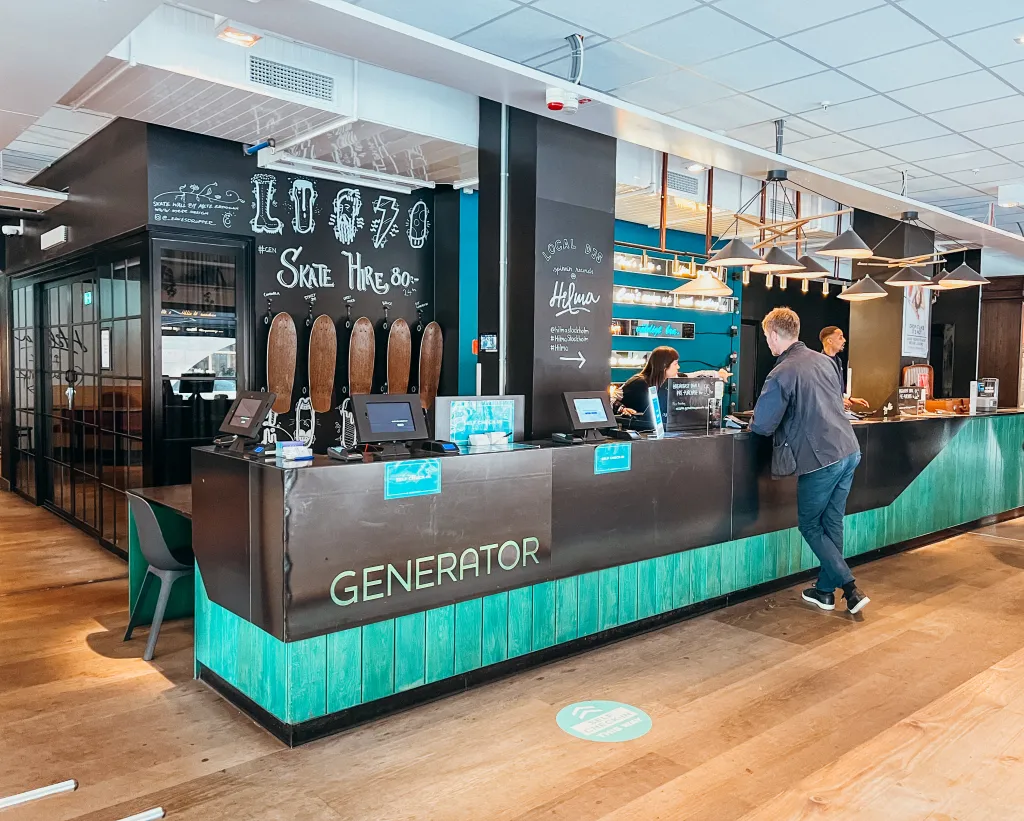
When to visit Stockholm?
You can go to Stockholm any time of the year, but choosing the best time to visit depends on your personal preferences and the activities you have planned. The spring and summer months, especially from May to September, are the best times to explore Stockholm. During this period, the city experiences long days and short nights, with temperatures ranging between 15-25°C on average. Of course, it makes the most sense to go during this season when the days are longer and the sun doesn’t set.
Winter, from December to March, makes sense for those who want to see snow-covered Stockholm and the Northern Lights. The Christmas markets are also a good reason to visit Stockholm in winter. It is important to remember that temperatures are usually in the minus degrees and the days are very short.
How many days to stay in Stockholm?
The answer to the question of how many days you need in Stockholm will depend on your interests, the speed at which you travel and how extensively you want to explore the city. However, a minimum of 2 days in Stockholm is necessary to visit the city’s main sights and get a feel for the vibe of the city. It would be better to spend 3-4 days to visit the museums and have a quieter time. Of course, you can stay longer.
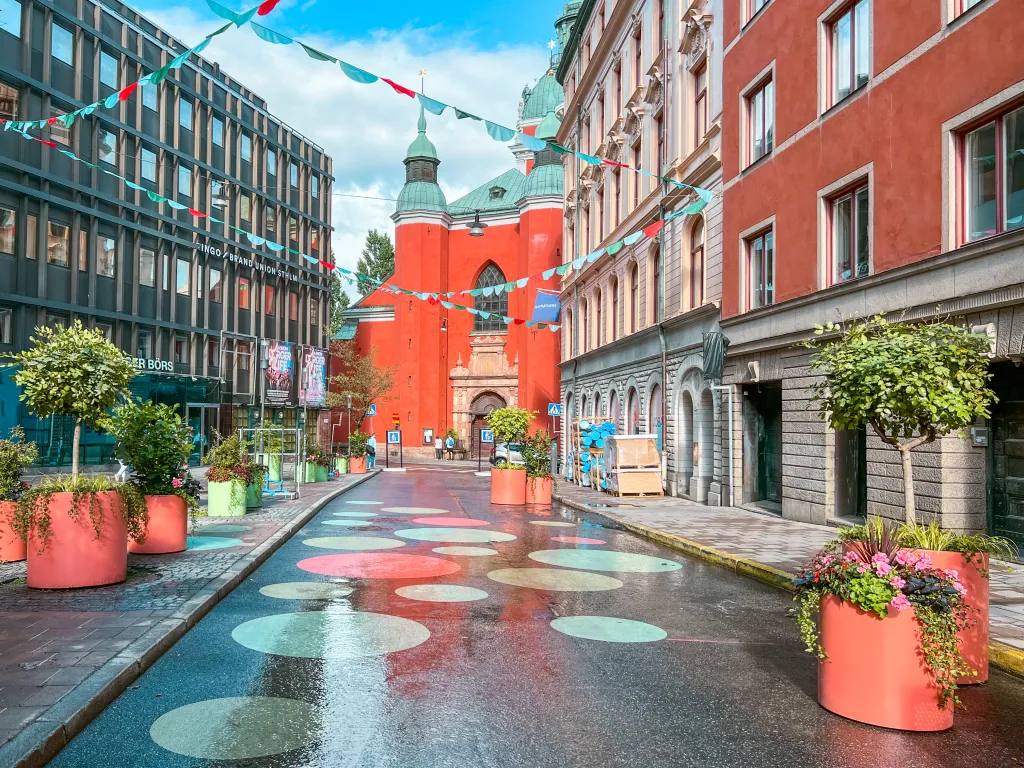
Is Stockholm Expensive? Cost of Travel to Stockholm
Yes, Stockholm is one of the most expensive cities in Europe. Let me talk about the average budgets for the main expenditure items in the city.
Accommodation: Hostels average 35 Euros per night, mid-range hotels 120 Euros, luxury hotels 200 Euros or more.
Transportation: A one-way ticket costs 39 SEK (about 3.50 Euro), a 24-hour ticket costs 165 SEK (about 15 Euro), a 72-hour ticket costs 330 SEK (about 30 Euro).
Food and Drink: A meal in a mid-range restaurant costs around 25 Euro per person, 10-15 Euro in affordable local restaurants. Alcoholic drinks are usually 8-10 Euro per glass. Coffee in cafes costs around 4 Euro, desserts between 3-5 Euro. You can cut costs by shopping for groceries.
Activities: Museums cost between 15-25 Euros. You can get a Stockholm Pass for a package including museums and public transportation.
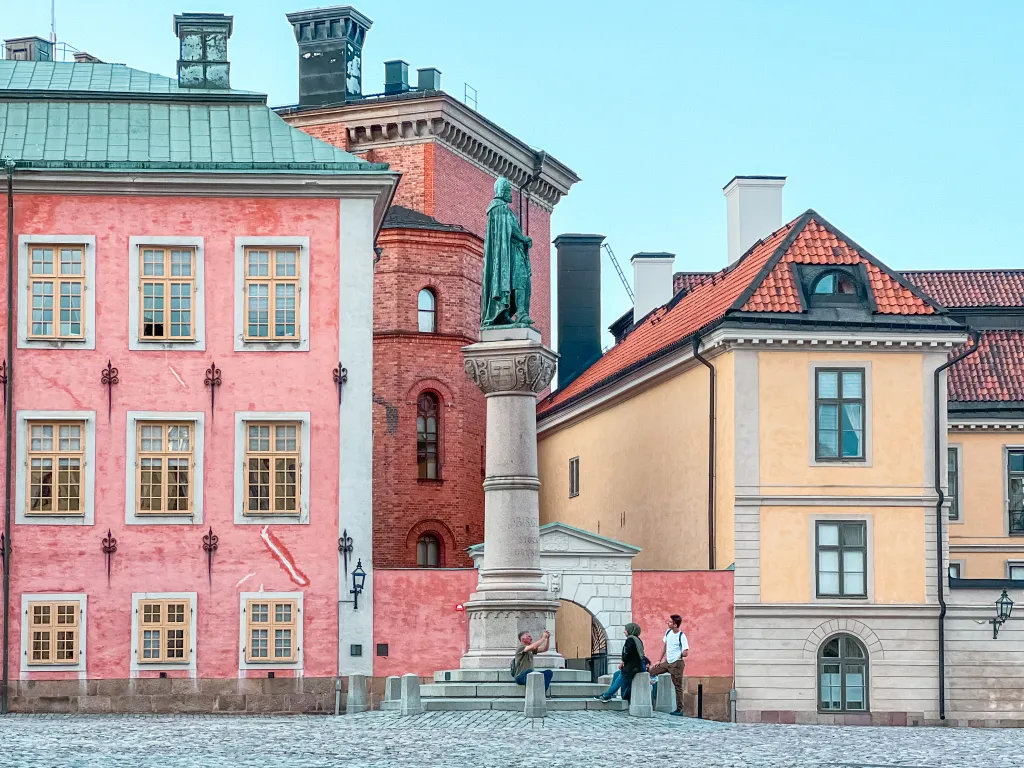
What to buy in Stockholm? Stockholm Shopping Guide
Gifts to buy on the way back from Stockholm include the Dalecarlian horse, the symbolic hand-painted wooden toy of Sweden, Swedish clogs and troll figures, Fjällräven Kanken backpacks, Lisa Larson ceramic figures and ceramic candle holders in the shape of Swedish houses.
For food and drink, you can choose Swedish salmon, lingonberry jam, canned herring, licorice, Kalles kaviar (a mixture of cod roe, sugar, oil and spices spread on bread) and schnapps, Sweden’s famous liqueur.

Things to Do in Stockholm
Gamla Stan (Old Town): Gamla Stan, which we can call the heart of Stockholm, dates back to the 1200s. It is very photogenic with its narrow streets and colorful buildings. The first photo that comes to mind when Stockholm is mentioned is from Stortorget Square here. It is really enjoyable to walk around this area full of boutique shops, cafes and restaurants.
Vasa Museum: You can visit the Vasa Museum to see the Vasa, the world’s best preserved 17th century ship. The warship, which sank in 1628, was brought to the surface 333 years later and is now on display in the museum. You can learn about the detailed workmanship and history of the ship,
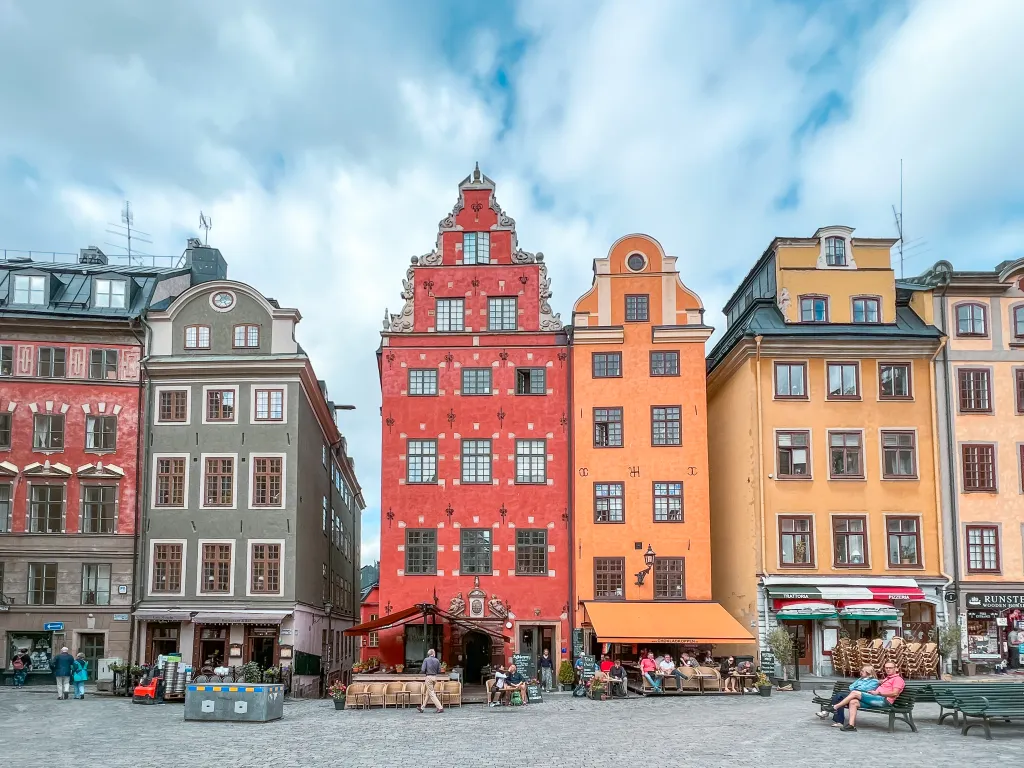
Skansen Open Air Museum: This is the oldest open-air museum in the world. Historical buildings and structures from all over Sweden are on display here. There is also a zoo, restaurants serving traditional Swedish food and handicraft workshops. It is especially ideal for families with children.
Djurgården: This is Stockholm’s greenest island. Here you can visit the Abba Museum, Gröna Lund Amusement Park and the Nordic Museum. It is also full of hiking and biking trails, so it is an area I recommend for families with children.
Moderna Museet: The museum of modern and contemporary art houses works by artists such as Picasso, Dali, Derkert and Matisse. The museum also organizes temporary exhibitions and events.
Östermalm Saluhall: In this historic indoor market, you can taste local and international delicacies and buy fresh local products.
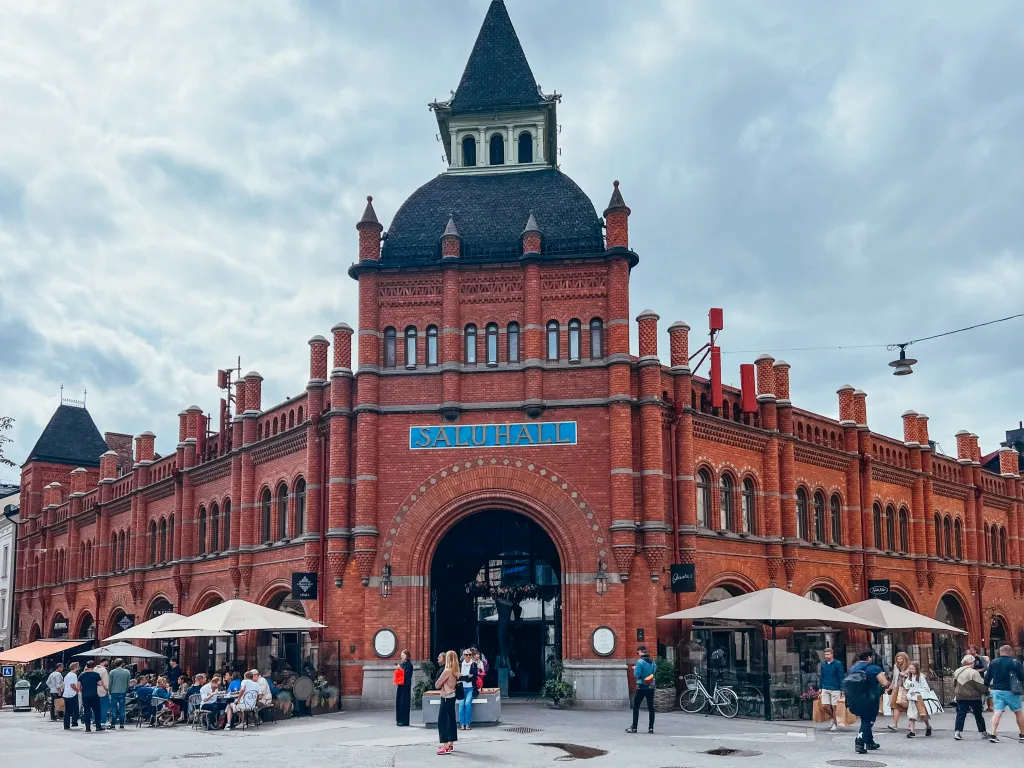
Stockholm City Hall (Stadshuset): One of Stockholm’s landmarks. You can take a guided tour of this building, where Nobel Prize Ceremonies are held, and go up to the tower for a panoramic view of the city. The garden is also very beautiful.
Fotografiska: If you are interested in modern photography, do not miss the Fotografiska museum. Exhibitions by world-famous photographers are organized here. You can also have a coffee in the museum’s café while watching the view of Stockholm.
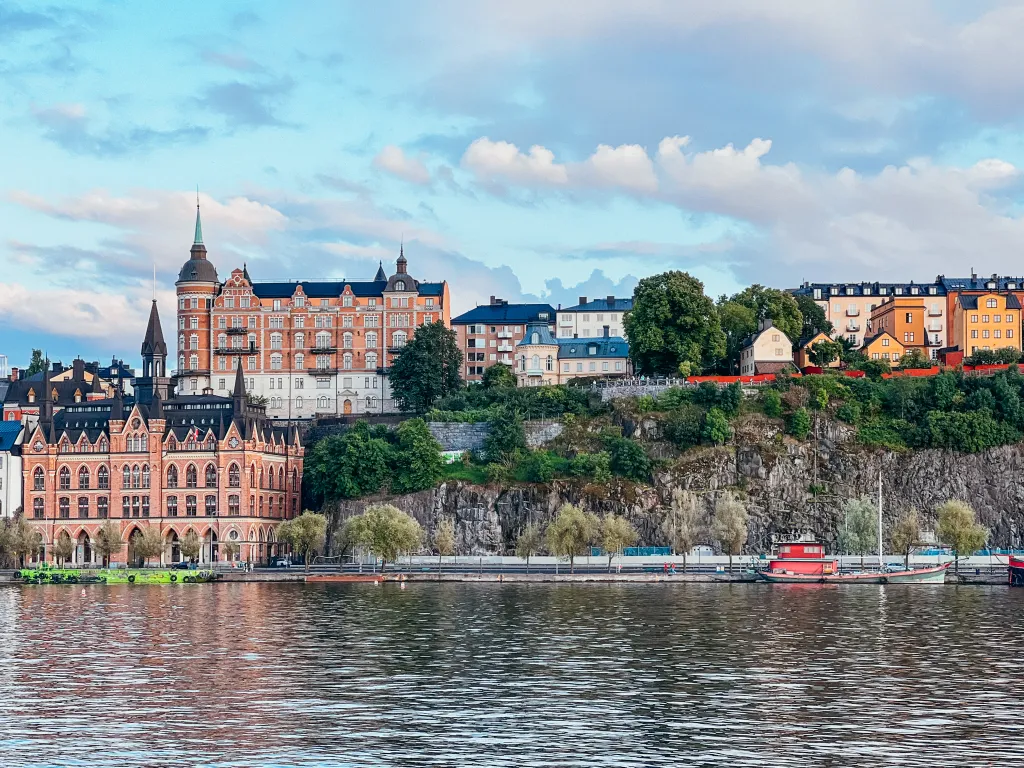
Stockholm Metro: Considered to be one of the longest art galleries in the world, the Stockholm subway has artworks on display in most of its 100 stations. Here are the main metro stations to see in Stockholm: T-Centralen, Stadion, Solna Centrum, Tekniska Högskolan, Tensta, Kungstradgarden.
Stadsbibliotek: Stockholm City Library, designed by the famous architect Gunnar Asplund and opened in 1928. I was quite impressed with its round hall. Entrance is free, if you like libraries, I suggest you take a look.
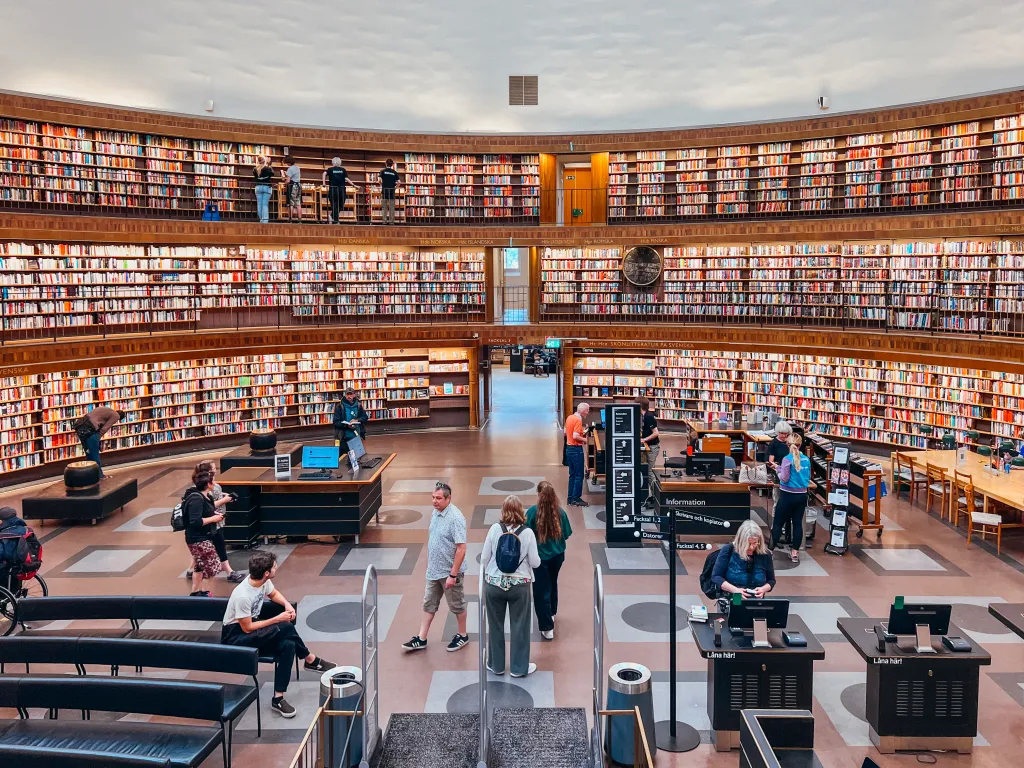
Nobel Museum: Located in Gamla Stan, you can learn about the history of the Nobel Prizes and the stories of the laureates. The museum exhibits Alfred Nobel’s life and inventions, as well as how the Nobel Prizes are awarded in detail.
The Ericsson Globe: The world’s largest global building and one of Stockholm’s most important landmarks. Used for sporting events, concerts and special occasions, you can take the glass gondolas called SkyView and enjoy the view of the city.
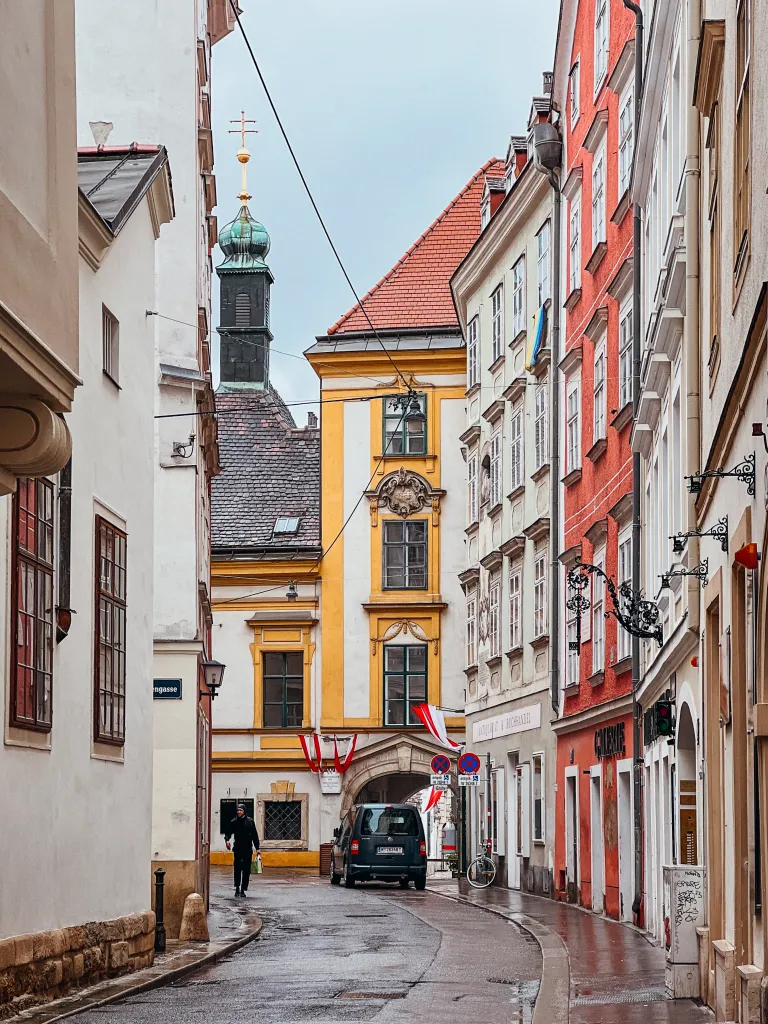
Stockholm Food Guide
Stockholm cuisine is not a very outstanding cuisine in my opinion. Let me talk about a few favorite dishes. Köttbullar, Swedish meatballs served with mashed potatoes and lingonberry jam. Toast Skagen is an open toast, a starter with mayonnaise, shrimp or caviar on bread. Kanelbulle is a dessert that I can describe as a cinnamon bun and is indispensable for coffee breaks. Semla is a sweet bun filled with marzipan and cream, especially before Lent.
When talking about food and drink, it is impossible not to mention the concept of fika. Fika is an expression meaning a coffee break, which has an important place in Swedish culture. It is not just about drinking coffee; it is considered as a social activity during work breaks, meeting friends or in daily life. For Swedes, fika means relaxing, chatting and enjoying the moment.
Be sure to read my Stockholm food guide, where I explained in much more detail what to eat in Stockholm and where are the best places to eat.
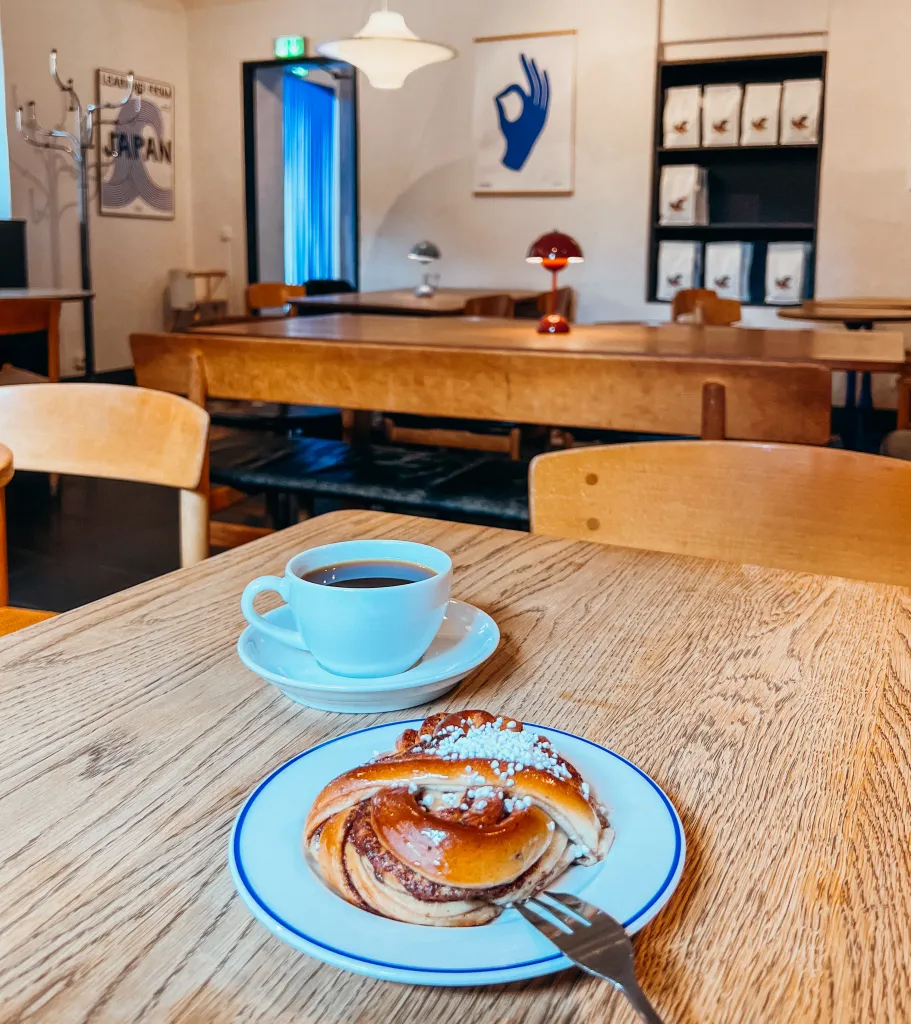
That’s all I can think of for Stockholm travel guide for now. If you have any other questions or additions about Stockholm, you can leave them as comments.
Don’t forget to follow me for more photos and to be informed about my future posts!
Instagram: lifetime.journey
Tiktok: ihdcnwbcmw.com
Facebook: ihdcnwbcmw.com
Discover more from LIFETIME JOURNEY
Subscribe to get the latest posts sent to your email.